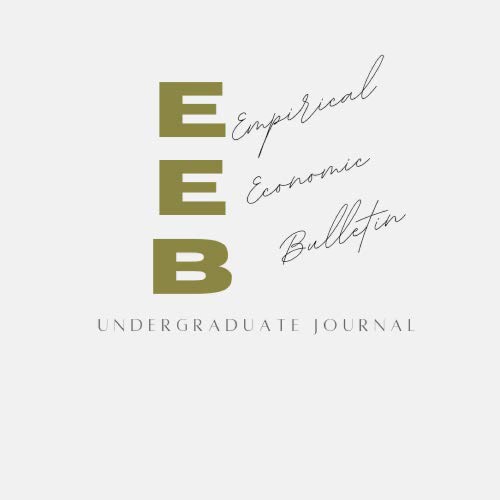
Abstract
It is a common theory that education levels and inequality are highly correlated. In layman’s terms, as access to education increases, the earning potential of the poor also increases. Therefore, the poverty gap shrinks. However, when access to education is limited, there is a greater disparity between the earning potential of the rich and that of the poor, thereby expanding the poverty gap. The following paper examines and compares the education levels and income inequality across 14 Latin American countries. These countries experience “persistent” and “pervasive” inequality impacting all aspects of life (de Ferranti et al., 2004). Inequality will be represented by the Gini coefficient, which represents the degree to which income distributions of households within an economy vary from perfectly equal distribution. The models also include measures of enrollment and expenditure per student in primary, secondary, and tertiary schools, as well as employment rates and the income held by the highest 20% of the population.
Included in
Econometrics Commons, Growth and Development Commons, International Economics Commons, Other Economics Commons

